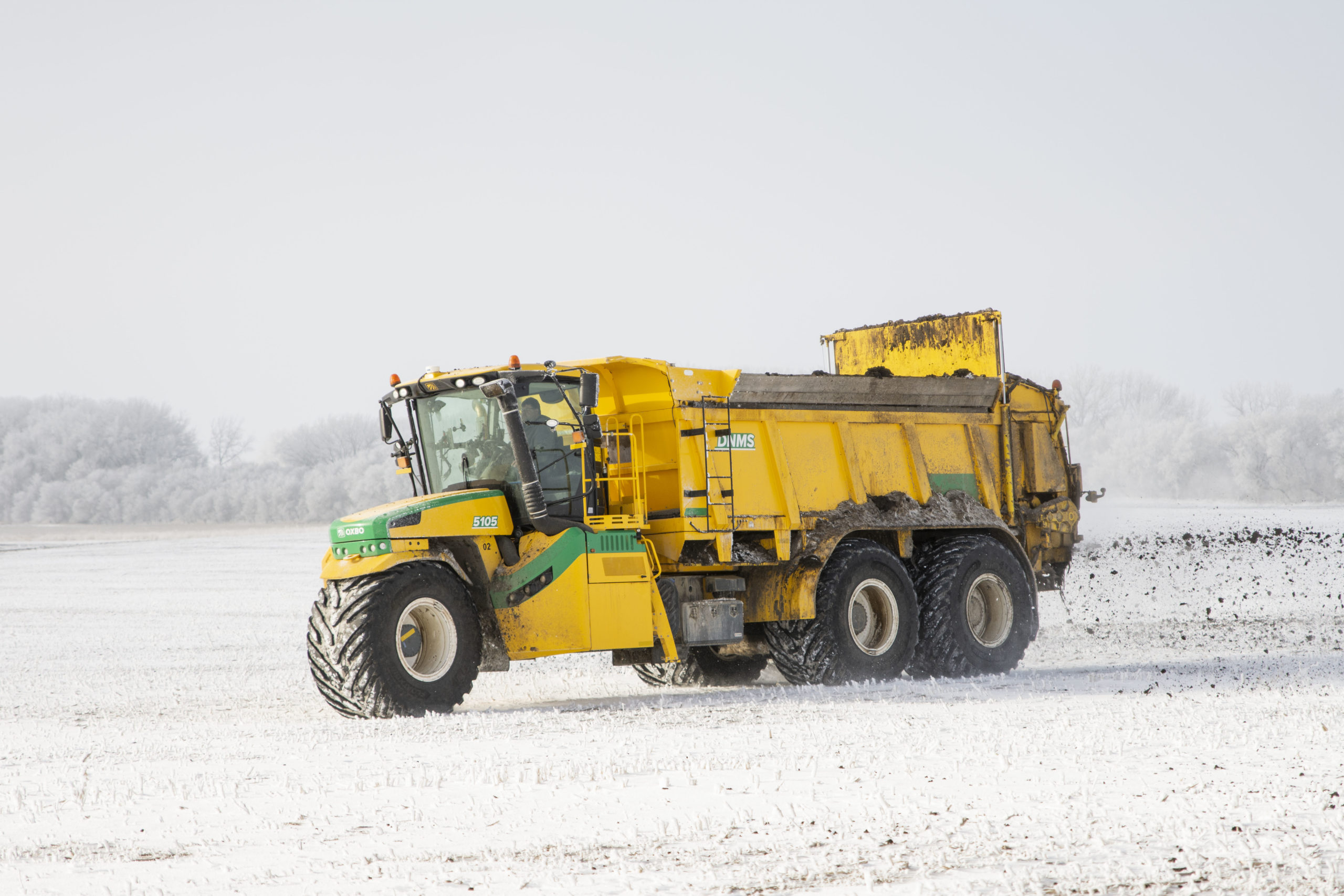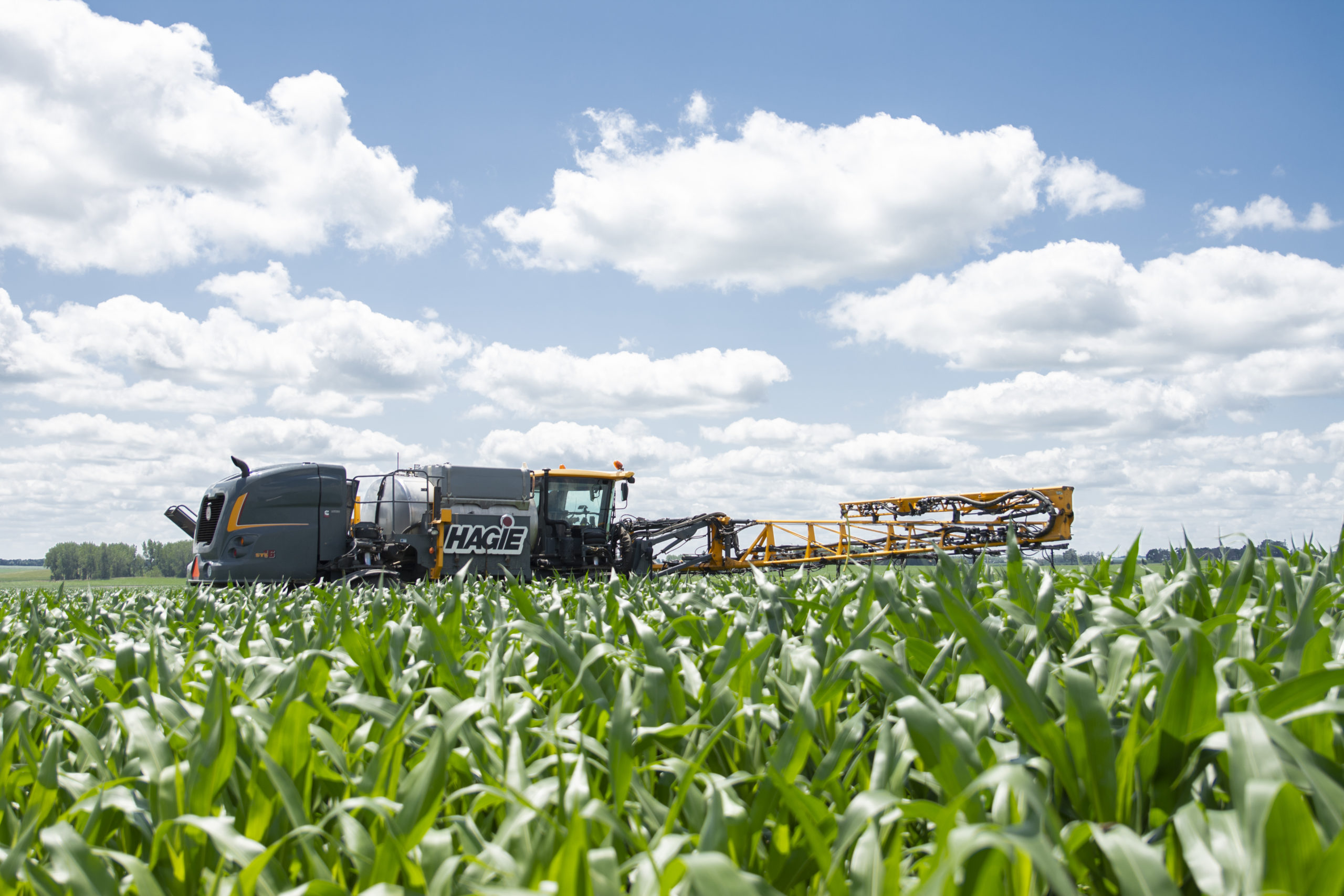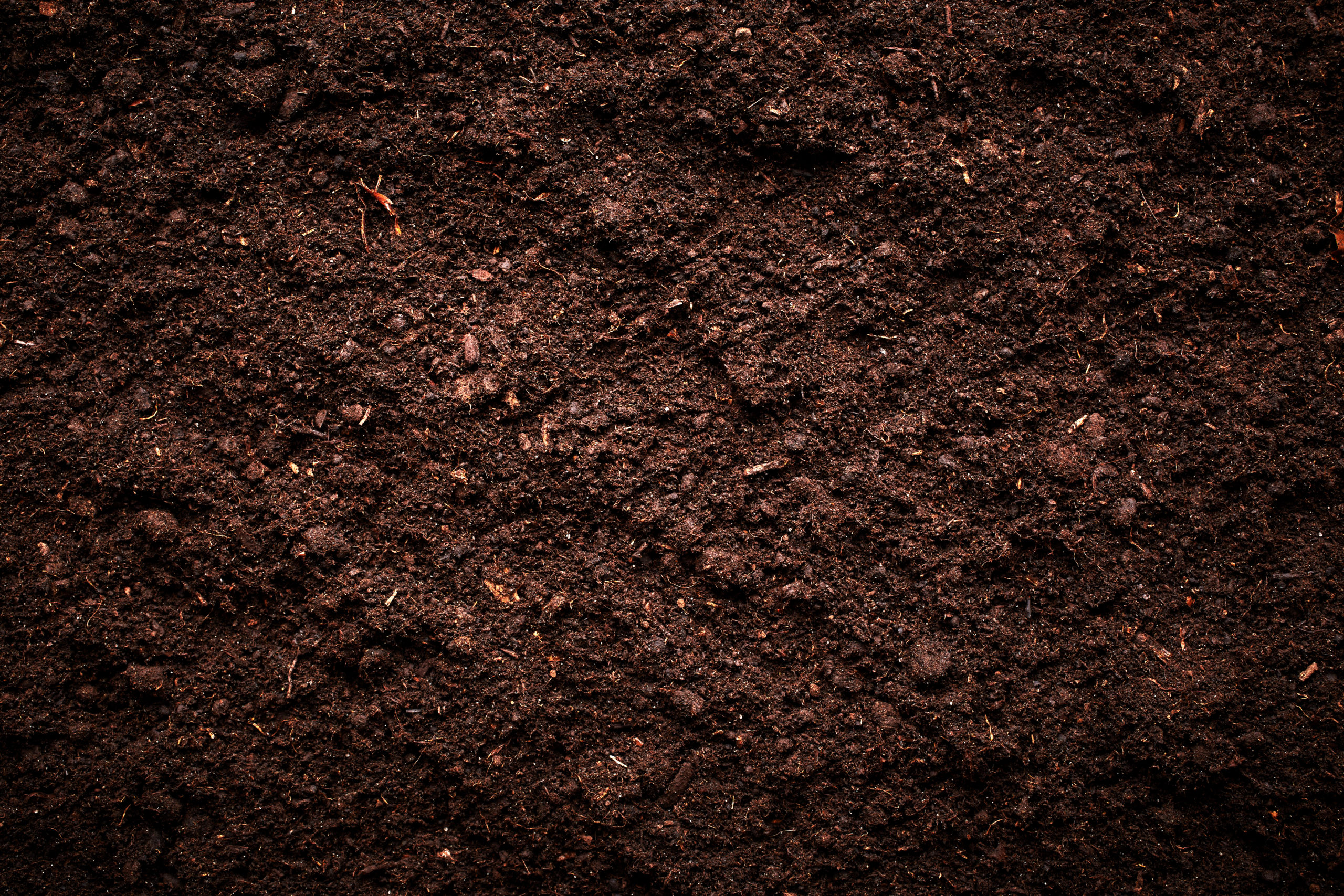Early Season Crop Scouting Tips & Resources
The fields are planted and your pre-emergence herbicide programs are on the field. While all the hard work has been finished, we aren’t done just yet. It’s time to fuel up the four-wheeler and take a look at your fields to evaluate several items, including: planter performance, early season plant performance, and weed pressure. I’ll go into detail more on each of these items as well as list some useful resources you can reference when out in the field.
Planter Performance:
What do you mean by checking my planter’s performance? While the corn crop is knee high or less, it’s an excellent time to verify how your corn planter did placing the seed within the seed furrow. We will want to evaluate seed spacing (how many inches between seed drop) and seed depth consistency.
To begin this exercise, choose random spots in the field where the planter was operating at it’s normal speed for the field. (Away from end rows, tile inlets, and waterways) Using two marker flags, place one flag in a row, count off 100 plants, and then insert your second flag. Using a tape measure, begin checking the distance between the emerged plants. For a population of 36,500, you should have a plant every 5.73 inches. (Dickey-john has a free tool to calculate this spacing for your row width and population: https://bit.ly/3dDHjfF) This will allow you to verify how your planter is dropping seed.
You’ll also want to look for delayed emergence. These could be factors related to vibration or seed units bouncing as a result of down pressure issues or too great of planting speed for the planter model and/or field conditions. If you find a delayed emerging plants, dig them up to see if they were planted at a different depth than what you planned or were they in contact with some type of trash within the seed furrow. All these factors can impact your corn plant’s ability to produce an ear or the size of the ear it will produce. These factors can all be corrected at the planter with little to no cost and will return dividends to your operation.
Early Season Plant Performance:
While we’re out in the field, now is also the time to be doing stand counts to see how your crop has emerged and the number of plants per acre compared to your planting population. For example 1/1000th of an acre in 30 inch rows is 17ft 4in. (Charts for various row widths can be found on the internet) Measure your desired distance and count the number of plants. This gives you an estimated stand population. Repeat this process in several areas across the field to give you an accurate look at your stand count. By doing this, you will get a good feel for the hybrid’s emergence while giving you the ability to look at the overall plant health, developing weeds, as well as other field issues that may be present.
Weed Pressure:
Having Mentioned weeds, the next thing you’ll want to evaluate is the performance of our herbicide program and escaping weeds. Doing this early and correctly identifying the weeds that are present is critical to reducing plant competition to your growing crop. Weeds that are not identified or are misidentified usually go uncontrolled and become an economic thorn in a grower’s side. We have seen several examples of this in the last 20 years that has created what seems a never-ending battle. You can acquire excellent weed identifying weeds. Resources are also available for insects and plant diseases.
In essence, I’m asking you to spend some time in your fields doing some self-evaluation. Time spent there now will allow you to discover issues you may not see from the road and come up with solutions to prevent yield loss for this growing season and years to come. Take advantage of the online resources I mentioned and as always, never hesitate to contact your local agronomist for questions!
Search
Our Increased Focus on Litter Quality
This past summer, we at Farm Nutrients shifted our focus to address one of the major challenges of chicken manure: quality. Historically, we’ve worked through manure that had varying quality as we moved from barn to barn or sometimes even within the same storage facility. We know this has been a frustration in the past … Continue reading Our Increased Focus on Litter Quality
Read More >Early Ordering Crop Protection
Tis the season for holidays and time with family, as much as we can anyway with Covid in mind. As the holidays approach for another year, so does the time of year to start your crop planning for next year and with that comes early ordering crop protection chemicals. Here at Farm Nutrients, we work … Continue reading Early Ordering Crop Protection
Read More >How Can Soil Sampling Benefit Your Operation?
What does it take to build healthy soils? What is my crop lacking that keeps me from getting the highest yield possible? These are questions I get asked nearly every day, especially this time of year.
Read More >



